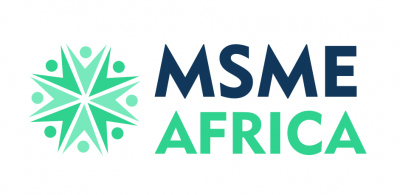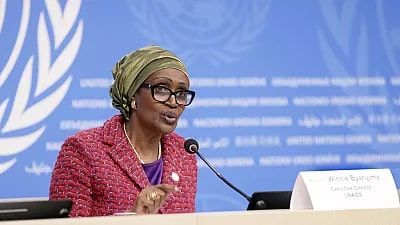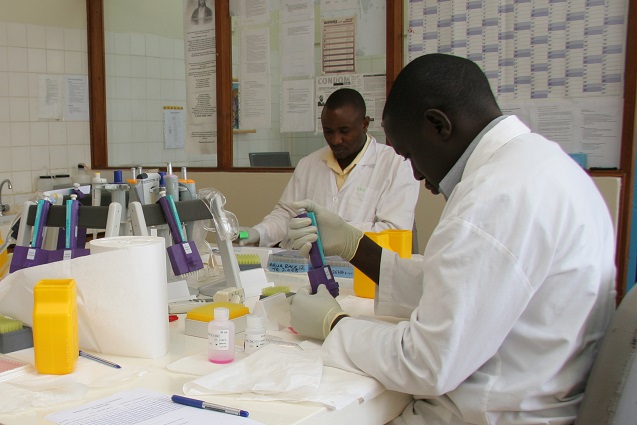The Joint United Nations Programme on HIV/AIDS (UNAIDS) has issued a stark warning: without urgent global action, funding cuts could lead to 6 million new HIV infections and 4 million AIDS-related deaths by 2029.
In its 2025 Global AIDS Update released on Thursday, UNAIDS revealed that a major funding disruption earlier this year—triggered by the withdrawal of the world’s largest donor—has severely hampered HIV treatment and prevention programmes in many countries. Currently, international aid provides nearly 80 percent of HIV prevention resources in low- and middle-income countries.
“UNAIDS modelling shows that if the funding permanently disappears, there could be an additional 6 million HIV infections and 4 million AIDS-related deaths by 2029,” said Executive Director Winnie Byanyima.
She also raised concerns about a troubling rise in the criminalisation of key populations at risk of HIV—the first increase since UNAIDS began tracking this metric.
While the crisis threatens to undo decades of progress, Byanyima stressed that global cooperation can still turn the tide. “The AIDS response may be in crisis, but we have the power to transform,” she said. “Communities, governments, and the United Nations are rising to the challenge. Now, we must get to work.”
Despite setbacks, the report highlighted emerging momentum toward long-term solutions. UNAIDS noted that the traditional donor-led financing model is shifting, with 25 out of 60 low- and middle-income countries increasing their HIV investments from domestic budgets into 2026.
“This is the future of the HIV response, nationally owned and led, sustainable, inclusive, and multisectoral,” said Byanyima. She warned, however, that transitioning to domestic funding will take time and must be supported by continued international solidarity.
According to UNAIDS, the global HIV response has already saved nearly 27 million lives. With the right tools and support, the agency believes the world could end AIDS as a public health threat and reduce annual response costs by as much as $7 billion through new technologies and more efficient approaches.
The report shows that by the end of 2024 just before the funding collapse,remarkable progress had been made. New HIV infections had declined by 40 percent and AIDS-related deaths by 56 percent since 2010.
Yet gaps remain. In 2024 alone, 1.3 million new infections were recorded, nearly unchanged from the previous year, underlining the need to expand access and impact.
Amid the setbacks, 2025 also brings renewed hope. The introduction of lenacapavir, a new long-acting HIV prevention drug requiring just two injections a year, marks a major breakthrough. It joins a new generation of tools, such as monthly oral tablets and potential yearly injections that could reshape global HIV prevention efforts.
UNAIDS believes the world is on the brink of a prevention revolution. But for this promise to be realized, collective global action is needed to lower costs, dismantle access barriers, and ensure life-saving innovations reach all communities.










